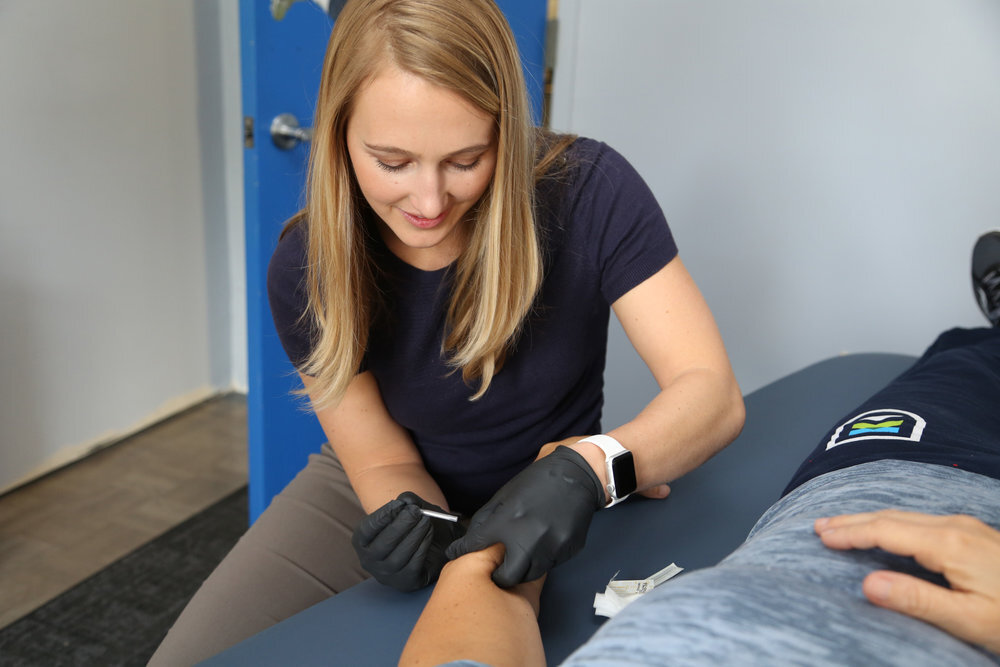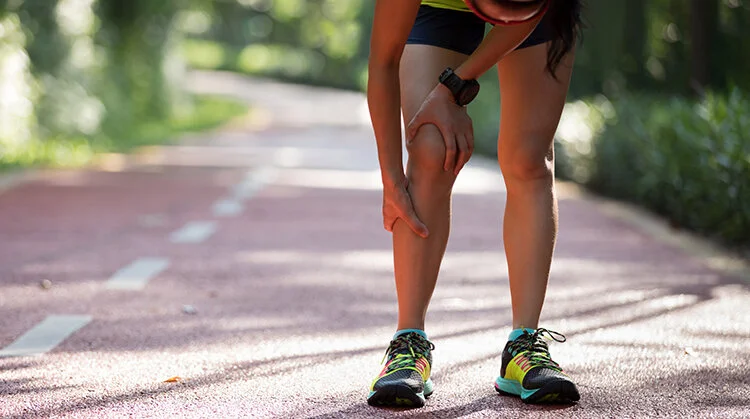Foam rollers are pieces of equipment that have become very popular over the last 10 years. They come in all different shapes, sizes and colors! You can find them in every gym and physical therapy clinic but not everyone knows how to use them appropriately. In fact, there are many different studies that show conflicting evidence on the effectiveness of foam rolling and how to appropriately use it. So today, I wanted to share with you how I utilize the foam roller and what has been successful for my clients.
Read MoreStretching has been a topic of interest for years and there are many conflicting views on how to best utilize this form of exercise. The goal of this blog is to explain the main differences between dynamic warm ups and static stretching, and to teach you how to incorporate them appropriately into your exercise routine. It is important to keep in mind that each person’s goals are different and the types of stretches and warm ups they choose will be specific to each.
Read MoreTrigger Point Dry-Needling (TDN) is an incredible skill which a Doctor of Physical Therapy can provide for you during multiple stages of rehabilitation. Despite its similarity in appearance to acupuncture, TDN is certainly different but boasts some amazing benefits! TDN can help with improving circulation and decreasing pain, while improving muscle flexibility, motor control and strength!
Read MoreAs the fitness industry evolves, so does sport-specific training and rehabilitation. One of the most recent adaptations is using the kettlebell in a “Bell Up” position. This means that instead of resting the bell on your wrist/forearm, the weighted bell is upside down, facing away from the ground. Some benefits of this approach include improved grip strength, rotator cuff stability and neuromuscular coordination.
Read MoreWith fancy ab workout machines leading the infomercial market and being priced out of this world, it is important to find the most efficient pieces of equipment to get your workouts completed. One of the most common tools you will find at any gym is a barbell! Read more to learn about these 5 Core Stabilization Exercises that you can use with a barbell. Try them out for yourself and enjoy these simple workout tips!
Read MorePhysical Therapy has been known to show incredible benefits for those who are suffering from acute or chronic injuries. In some instances, physical therapy will be a staple in a patient’s journey through rehabilitation, especially if there was a surgery involved. However, did you know that starting physical therapy BEFORE surgery can lead to improved outcomes? This is what “PREHAB” is all about! Will Smith said “...if you stay ready, you ain’t gotta get ready”. Prehab is focused on creating a positive environment for the client leading up to a surgical procedure, to ensure a successful outcome and quicker recovery.
Read MoreRead more about how one of our superstar athletes utilized Restore Physical Therapy and Olympia Fitness + Performance to rehabilitate her knee and get back to an elite level of soccer!
Read MoreInjuries can be tough for athletes on many levels. Whether it is the stress of sitting out from your favorite activity, the physical pain of the injury or the difficult rehab process, there’s never an “easy way out” when trying to get back to your sport. Once the athlete overcomes the injury from a clinical standpoint and the structures are healthy & safe to resume action, the most crucial part of return-to-sport begins! It is imperative that the athlete go through rigorous training in the rehab setting to practice skills they will be performing but also build confidence that they can attack their sport in a better fashion than they did pre-injury. Here are 3 tips for any athlete recovering from an injury, that they MUST do before stepping back into their arena.
Read MoreIf you are an athlete, runner, speed-walker, or enjoy a lot of hiking and walking exercise, you may have experienced the dreaded pain of “shin splints”, also known as Medial Tibial Stress Syndrome (MTSS). These are microtraumas that develop in either the muscles, connective tissue or bone in the lower leg, causing pain with impact-related activities. If gone untreated, shin splints can last for a long time and reoccur quite frequently. Read further to discover 5 Ways to Decrease Shin Splints!
Read More








